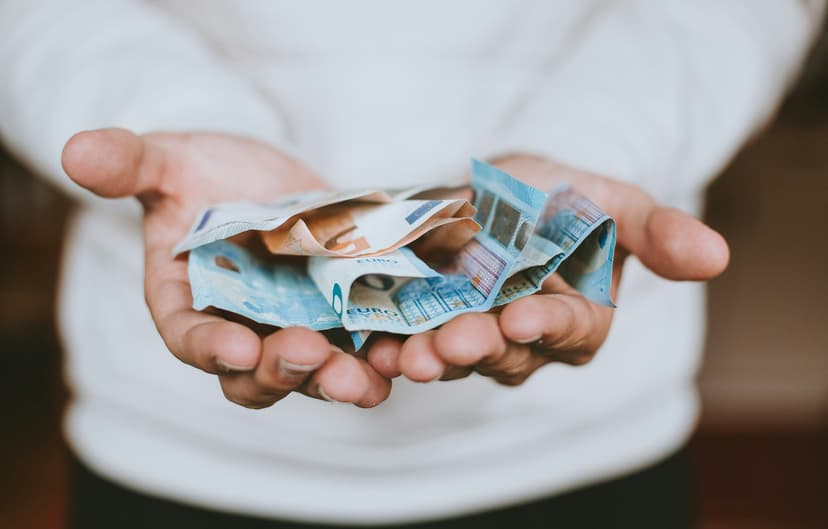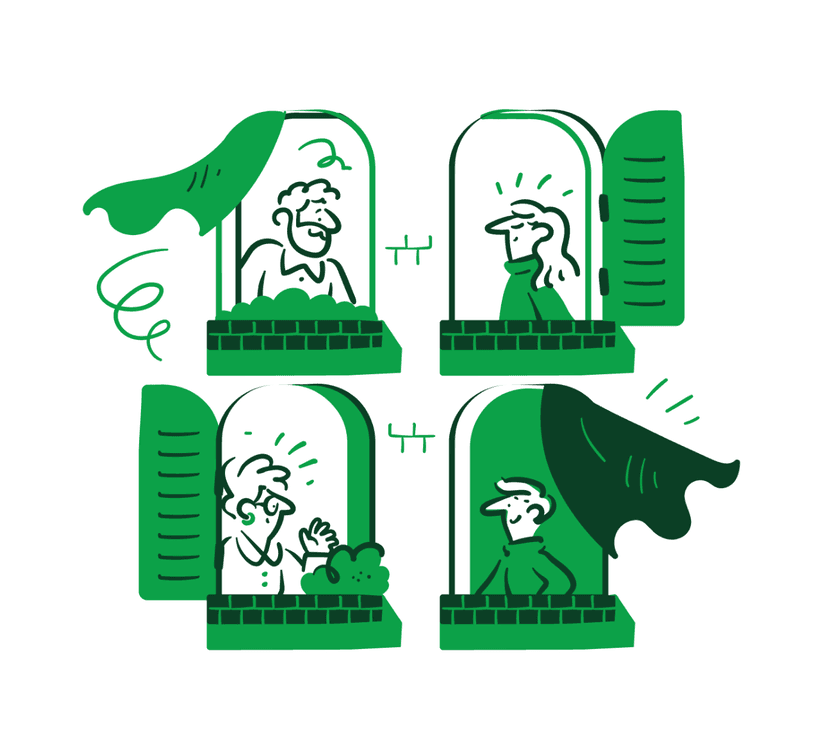Do You Pay Tax on the VvE Reserve Fund? Here’s How It Works

If you own an apartment in the Netherlands, you’re automatically part of a VvE (Vereniging van Eigenaars, homeowners’ association). By law, every VvE must have a reserve fund (reservefonds). This is the savings pot for major jobs like roof repairs, façade painting, or replacing the lift.
What many owners don’t realise: your share of the reserve fund counts as part of your wealth in Box 3 (savings and investments).
Why does the reserve fund matter for taxes?
Even though the money is held in the VvE’s account, it belongs collectively to all owners. Each apartment owner has a share based on their ownership fraction (breukdeel), which is listed in the deed of division (splitsingsakte).
That means:
- You do not declare the full reserve fund.
- You declare only your share fraction (breukdeel) of the total.
- This amount must be added to your Box 3 assets in your annual tax return.
Example
- Total reserve fund (reservefonds): €50,000
- Your ownership fraction (breukdeel) in the deed of division (splitsingsakte): 1/5
- Calculation: €50,000 × (1 ÷ 5) = €10,000
You declare €10,000 in Box 3 as part of your wealth.
How do you find your share?
- Look up the reserve fund balance (reservefonds) in the VvE’s annual accounts (jaarrekening).
- Check your ownership fraction (breukdeel) in the deed of division (splitsingsakte).
- Multiply the two to find your share.
How is it taxed?
Your share of the reserve fund is taxed in Box 3 in the same way as bank savings (spaargeld). This means a lower fictitious return is applied than for investments.
You only pay wealth tax if your total assets (vermogen), including savings, investments, and your reserve fund share, exceed the tax-free allowance (heffingsvrij vermogen). This allowance changes each year. You can always find the current threshold on the Belastingdienst website.
Key takeaways
- Every VvE must have a reserve fund (reservefonds).
- In your tax return, you declare your ownership fraction (breukdeel) of that fund in Box 3.
- The annual accounts (jaarrekening) show the total fund; the deed of division (splitsingsakte) shows your fraction.
- Your share is taxed like bank savings (spaargeld), not like investments.
- You only pay wealth tax if your total assets are above the tax-free allowance (heffingsvrij vermogen).
More like this

How Much Must Your VvE Save? Reserve Fund, MJOP, and the 0.5% Rule Explained
Every VvE in the Netherlands must have a reserve fund for major maintenance. Small VvE’s often wonder how much they really need to save. This guide explains the legal rules: save with an MJOP, or at least 0.5% of rebuild value each year.

VvE Fees Explained: What’s a “Normal” Contribution?
Wondering if your VvE contribution (VvE-bijdrage) is too high? In this guide we explain what a “normal” monthly fee looks like in the Netherlands, why costs are rising, and how much your VvE is legally required to save for future maintenance.

What is a VvE?
The VvE (Vereniging van Eigenaars, or Owners' Association) is the governing body for an apartment complex in the Netherlands. If you own an apartment, you automatically become a member.